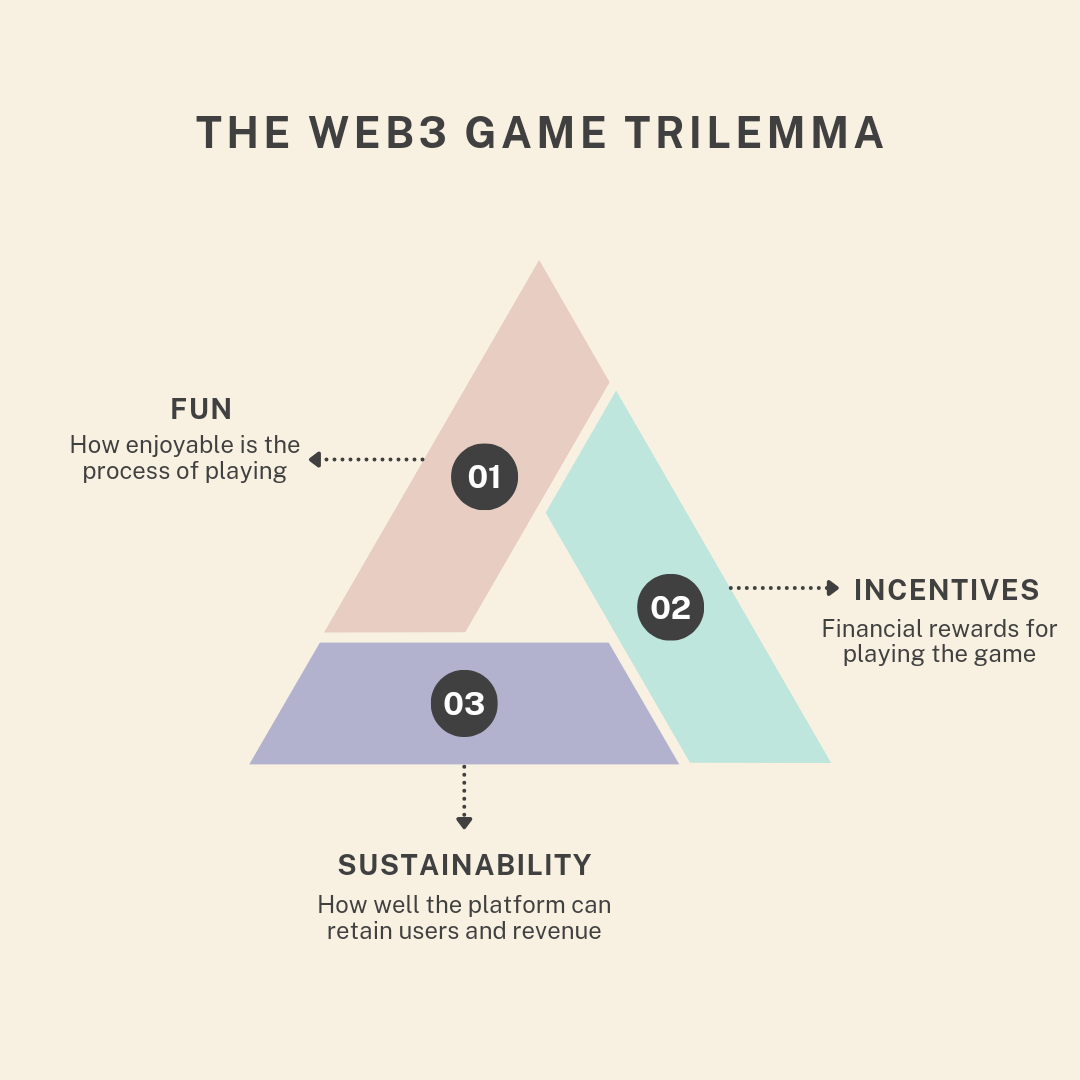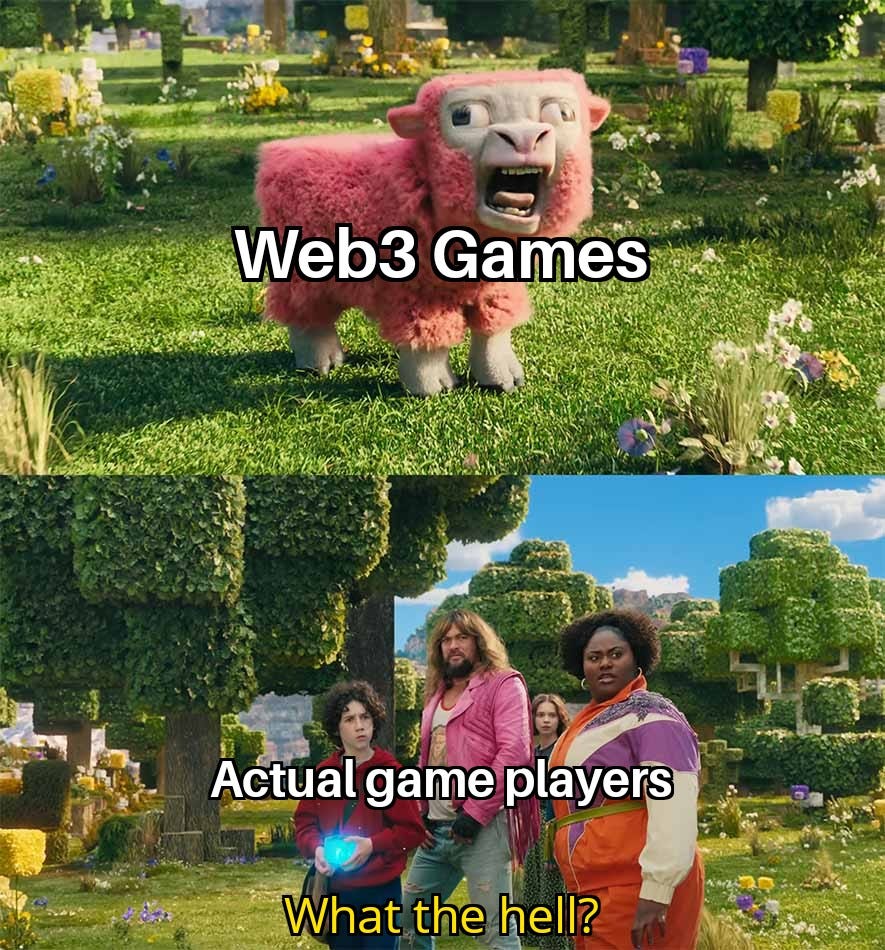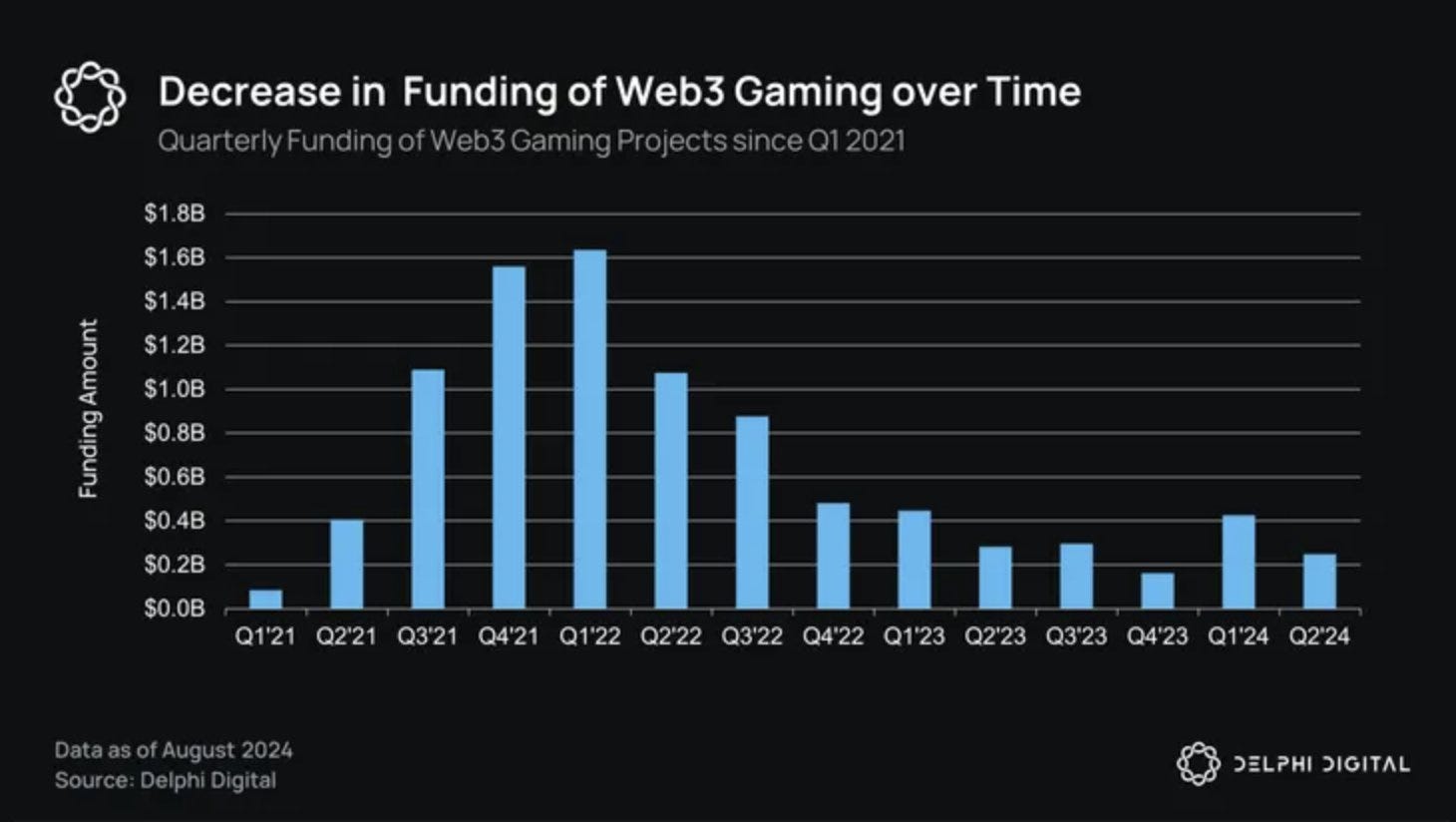The integration of decentralized economies and player ownership has introduced new opportunities but also heightened the complexity of game design. The “trilemma” of Web3 games revolves around the challenge of balancing three essential elements: fun, incentives, and sustainability. While each component is critical to the long-term success of a game, achieving a perfect equilibrium among them has proven difficult in Web3 games. Let’s break down each aspect of the trilemma.

1. Fun
Fun is the fundamental reason people play games, and this is where traditional Web2 games like League of Legends and Fortnite excel. These games focus on providing immersive, engaging experiences without necessarily offering financial incentives. Players return to these games for their engaging mechanics, social interaction, and competitive elements. In the Web3 space, however, many games struggle to reach this level of player engagement, often due to a heavier focus on economic models and tokenization rather than gameplay.
Challenge: Web3 games like Axie Infinity and The Sandbox often prioritize play-to-earn (P2E) mechanics over traditional game design principles, making it difficult to retain players who are looking for pure entertainment. Striking a balance between compelling gameplay and financial incentives is a major challenge in Web3 gaming.

2. Incentives
Web3 games offer economic incentives through NFTs, cryptocurrencies, and other blockchain-based rewards. These incentives give players the ability to earn real-world value through gameplay, creating a strong pull for those looking to profit from their time spent in-game. Games like Axie Infinity allow players to earn cryptocurrency, and other Web3 games like Polymarket use prediction markets to financially incentivize participation.
Challenge: While these incentives can attract a large number of players initially, they can also detract from the core gaming experience. Many Web3 games fall into a “grind” mindset, where the focus shifts away from fun and towards maximizing profits. Moreover, games reliant on incentives often face difficulties with sustainability, as their economies can become inflationary or dependent on new players entering the ecosystem.
3. Sustainability
Sustainability in gaming refers to creating a long-lasting, stable ecosystem that can continue to operate and evolve over time. Web2 games like Fortnite have demonstrated sustainability by continually introducing fresh content and monetization models that keep their player base engaged without compromising gameplay quality. In contrast, many Web3 games struggle with long-term sustainability because their tokenized economies can become fragile or unsustainable due to hyperinflation or poor economic design.
Challenge: In Web3, achieving sustainability requires designing an economy that doesn’t rely solely on the influx of new players. Games on platforms like Shuffle and Polymarket tackle this challenge by focusing on prediction markets and i-gaming, offering more sustainable models that provide incentives without inflating the in-game currency. However, even these games face challenges in keeping the gameplay fun while ensuring their economies remain viable in the long term.

The Web3 Gaming Trilemma
In summary, Web3 games are currently navigating a trilemma between fun, incentives, and sustainability. Games like Axie Infinity may excel in gameplay fun and providing incentives but often fall short in terms of long-term sustainability. Meanwhile, Web2 games like Fortnite may offer fun and sustainability but lack the financial incentives that Web3 gaming promises. Solving this trilemma will require innovative game design that strikes a balance between enjoyable gameplay, meaningful rewards, and a robust, long-term economic model.